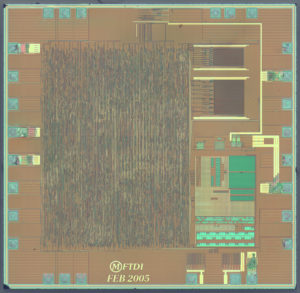Reverse Engineering Microcomputer IC Texas Instruments MSP430FR5730

Reverse Engineering Microcomputer IC Texas Instruments MSP430FR5730
Reverse Engineering Microcomputer IC Texas Instruments MSP430FR5730, please view the chip features for your reference:
· Integrated intelligent peripherals including a wide range of high-performance analog and digital peripherals that off-load the CPU
· Easy-to-use 16-bit RISC CPU architecture enables new applications with industry-leading code density
· Complete development ecosystem with tools starting at $4.30
· Enhanced libraries to benefit several applications such as capacitive touch, metering metrology, low power design and debugging.
The MSP430 MCU is designed specifically for ultra-low-power applications.
Its flexible clocking system, multiple low-power modes, instant wakeup and intelligent autonomous peripherals enable true ultra-low-power optimization, dramatically extending battery life.
Flexible Clocking System – The MSP430 MCU clock system has the ability to enable and disable various clocks and oscillators which allow the device to enter various low-power modes (LPMs). The flexible clocking system optimizes overall current consumption by only enabling the required clocks when appropriate.
Sub-Main Clock (SMCLK) – Source for faster individual peripheral modules that may be driven by the internal DCO up to 25 MHz or with external crystal.
Instant Wakeup – The MSP430 MCU can wake-up instantly from LPMs. This ultra-fast wake-up is enabled by the MSP430 MCU’s internal digitally controlled oscillator (DCO), which can source up to 25 MHz and be active and stable in 1µs. Instant wake-up functionality is important in ultra-low-power applications since it allows the microcontroller to use the CPU in very efficient bursts and spend more time in LPMs.
Zero-Power Brown-Out Reset (BOR) – The MSP430 MCU’s BOR is always enabled and active in all modes of operation. This ensures Very Low-Power Oscillator (VLO) up to 20 kHz the most reliable performance possible while maintaining ultra-low- power consumption. The BOR circuit detects low supply voltages and 32.768 kHz
Lower-Power Peripherals resets the device when power is applied or removed. This functionality is especially critical in battery-powered applications.

